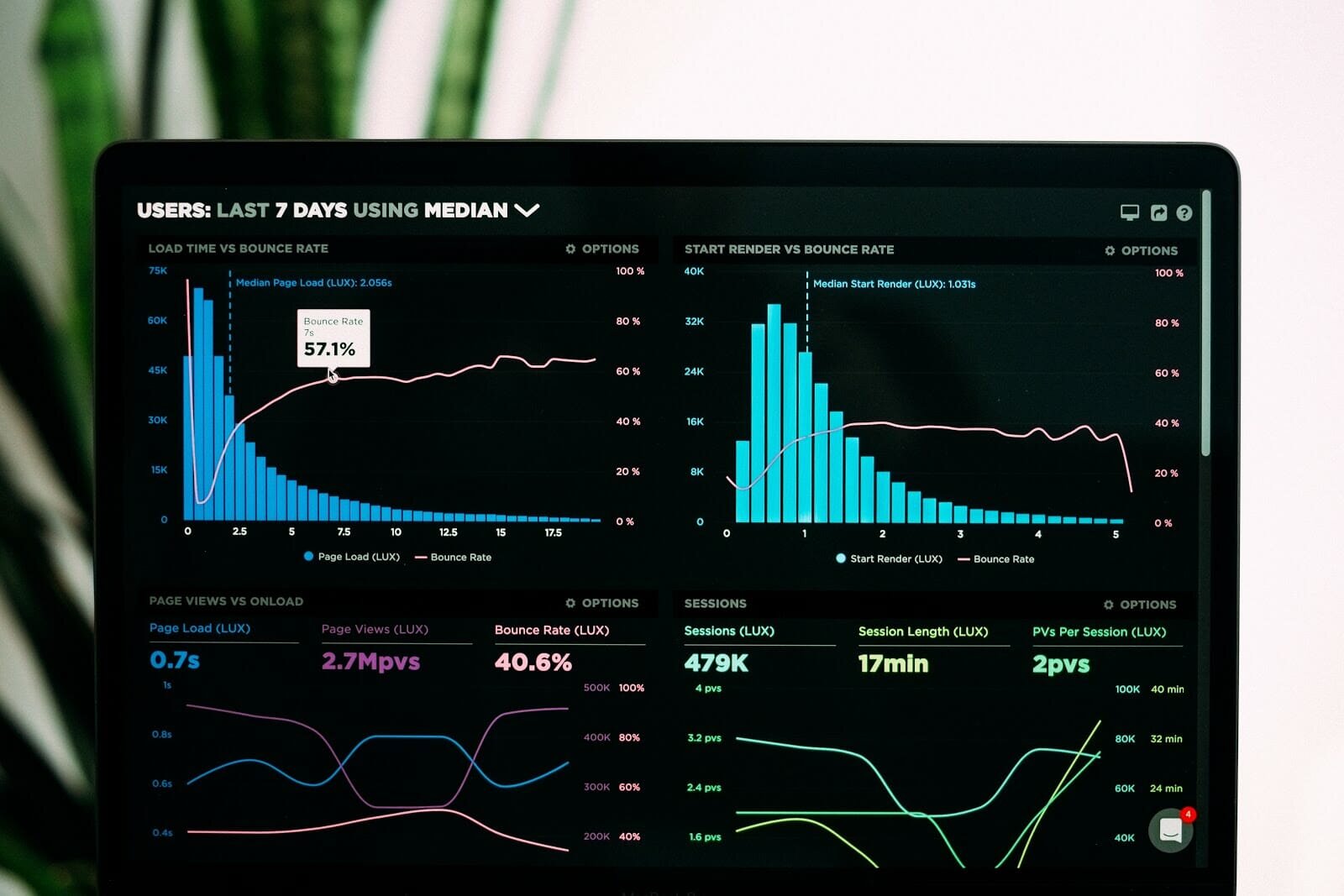In the following article, we’ll explore the importance of KPIs in tracking product success. Taking into consideration various performance indicators can be essential in providing managers with the necessary data to identify this.
These KPIs are even more useful when interpreted correctly. They can help you draw important conclusions and drive continuous improvement.
One of the most challenging aspects of metrics is not necessarily their calculation but choosing the correct ones to help you make informed decisions. By doing so, product managers can spend less time observing the KPIs and more time strategizing their implications.

Customer acquisition cost
The customer acquisition cost (CAC) is a useful KPI for monitoring financial investment with regard to attracting more customers. It might be used to assess and analyze the value of your advertising efforts, for example, or the labor hours spent on a project.
Given the current difficulties in measuring an expense like labor hours per project, a dedicated organizational tool or Microsoft Team alternative for task management can be useful for recording the time spent.
CAC can also put into perspective whether you as a company are spending more on attracting customers than you are gaining back from them.
This may lead to the conclusion that you need to cut back on expenses to break even and make a profit, or indicate that you are underspending and missing out on opportunities to gain more customers.
The formula for calculating this is:
Sales expenditure for a given period/number of customers gained in that same period = CAC
Conversion rate
If your company relies on the effectiveness of its website, the conversion rate is a must when calculating its success in terms of sales. Numerous tactics can lead to conversions, such as social media promotion (posts, videos, live video, and more) or paid ads.
Nevertheless, it’s important to note that making your site user friendly and optimizing its structure is what defines whether the customer stays on it or not, which ideally leads to them completing a purchase.
Take luxury suitcases brand, Vocier, as an example. That company worked with a UX design company to make small but impactful changes to its website. The result? Conversion rates on the improved version of the site jumped by 75%!
If an e-commerce company monitors its conversion rate regularly, it can determine whether its tactics have been successful or need adjusting.
Is your audience more easily convinced through an Instagram story, or will starting a successful Facebook Live video redirect more of them to your website? Historical data and benchmarking your competition combined with your conversion rate will reveal the patterns your audience follows and where you should focus your efforts on.
Session duration
This KPI is one of the best insights in terms of monitoring user engagement with the product. Naturally, this applies to digital forms of interaction. Depending on your platform’s purpose, your team can determine whether user sessions are long enough to complete purchases, read an article, or subscribe to your services.
By considering session duration, you will be directed towards the best and worst-performing parts of your website/platform. Is it more engaging content that needs to be added, longer texts to keep the reader interested, or perhaps an easier navigation system?
The way you measure session duration is by adding the total time spent by users on your product and dividing this by the number of individual visitors.
Adoption rate
The adoption rate shows the extent to which new users find your product appealing. While customer retention is important, attracting new buyers is a major positive for your business too. This is usually measured within a certain period as you can then compare your success against previous quarters.
There are many ways to spread the word about your products and grab the attention of new buyers. A tactic that’s often shown to be successful is visual representation. Factors such as your unique branding and logo can play an important role in convincing users to impulsively click on your posts.
According to nuancedmedia.com, the human brain can process images 60,000x faster than words, which is why most businesses select visual branded logos. In other words, it’s a long-term investment, but one that is likely to generate impulsive purchases and recognition of your brand well into the future.
Traffic
Keeping track of your incoming traffic is an essential KPI for focusing resources in the right direction.
Organic traffic should always be part of your strategy, although paid needs to be considered too as it’s easy to waste resources if they’re not distributed correctly.
At RingCentral, we’ve worked hard to increase organic traffic to our site, in order to excel in a competitive field. By tracking traffic closely, working with SEO professionals, and improving our technical SEO and content strategies, we’ve seen organic traffic jump 1324%. That’s contributed to a healthier sales pipeline and increased digital marketing ROI.
Every business experiences different origins of traffic based on its unique target market and industry. By implementing a lead management process, you can prioritize the best sources of traffic and increase their revenue.
Traffic shows you where your website visitors came from, which can translate into the channels your company will most benefit from investing its time and resources in. What’s more, you may find clues on whether your targeting and overall marketing strategy need correction.
Net promoter score
A large number of your customers are likely to hear about your business from their friends’ referrals. The truth is that, even now, people still value outside opinions more than we realize.

To tackle this, many companies start affiliate program tools, which is a solution that can benefit both parties. Customers are not obliged to use affiliate means of purchasing, but if they do, it’s because they trust the person that suggested it in the first place.
Besides winning sustainable clientele, companies benefit from affiliate programs as they help them to keep track of their net promoter score i.e. the number of customers who recommend their services or products to friends, family, or social media followers.
In this way, the success of the program is monitored and can be adjusted based on the results.
Customer retention rate
Now we’ve covered the KPIs to apply before and while your strategies are taking place, we’ll discuss a trio of metrics that should be used to evaluate your progress. The first one being the customer retention score (CRR), which is integral for keeping track of factors like your product’s efficiency and/or customer loyalty.
The CRR is usually calculated within the context of a certain time period — a year, for example — and the formula is the following:
Customers at the end of the year — new customers/customers the company initially had.
Seeing as customer expectations constantly change, companies will often upgrade their services to provide a more personalized experience. This is likely to increase their retention rate and make customers feel special.
For example, excelling at customer service and support through the use of tools like Glip by RingCentral. This affordable tool offers features such as video conferencing, task management, and screen sharing software that does more than screen sharing, which all make communication easier and more efficient.
Customer satisfaction score
If you manage to retain your customer, it’s important to also ensure that your product remains in line with their expectations. An easy way to do this is through a customer satisfaction score, which considers the overall satisfaction of a purchaser with a certain product.

Attracting new clientele is much more expensive for companies than meeting the needs of current customers and keeping them satisfied. A high customer satisfaction score will not only lead to a positive corporate image but also cost-cutting in the long term.
This is calculated by adding the score your clientele gave to your product and dividing that by the total number of participants.
To keep this score as high as possible, many companies come up with a unique selling point that links to a particular strength. For example, Brightpearl’s ‘pick pack ship’ system revolves around something the company feels confident with and is an area where they can guarantee success – in this case, their quick and efficient delivery services.
Monthly recurring revenue (MRR)
Our KPIs so far have been customer-focused, and rightly so. However, even the most customer-centric businesses and product managers need to also consider their bottom lines. If you’re a SaaS or subscription-based business that means keeping a close track of monthly recurring revenue (MRR).
MRR is a metric that relates to how much income you can predictably expect to receive per month. It’s not a forecast as such, but a measure of the reliable income your business brings in on average. It goes without saying, then, that the higher your MRR, the better.
Tracking MRR is crucial for product managers for a number of reasons. First, monitoring any changes or trends in your MRR helps you recognize the progress you’re making. Is your MRR steadily growing over time? Great; that means you’re probably succeeding in attracting new customers and keeping those you’ve got.
MRR is also a reliable and consistent metric that can help you with forecasting and future planning. The trends we mentioned, after all, can help point you towards actions you may need to take. Whether they be changing your pricing strategy or tweaking customer engagement to reduce churn.
The takeaway
Current events have made it challenging for product managers to oversee their teams while also keeping an eye on their efficiency. A Microsoft Team alternative for task management and apps like Slack have thus become routine practice in terms of work delegation, while KPIs play an important role in keeping track and ensuring delivery of the desired results.
Naturally considering the constantly evolving markets, product managers are met with the challenge of anticipating their targeted client’s needs and staying ahead of their competitors. Without the solid data that metrics can offer, it is impossible to meet either one of these objectives.
When it comes to monitoring KPIs and their implications, communication is key to making decisions for upcoming strategies, setting goals, and identifying issues. In this case, digital collaboration tools can come in handy, as they help each team member to track metrics and stay up to date with the project’s progress.
Depending on the department or stakeholder group of a business, each can align its objectives to the according KPIs. Goals may vary from bringing in new target markets to increasing sales or coming up with new additions or elements for the given product.
Discover more content on metrics and kpis. For even more content on a range of product management topics, see our Content A-Z.







